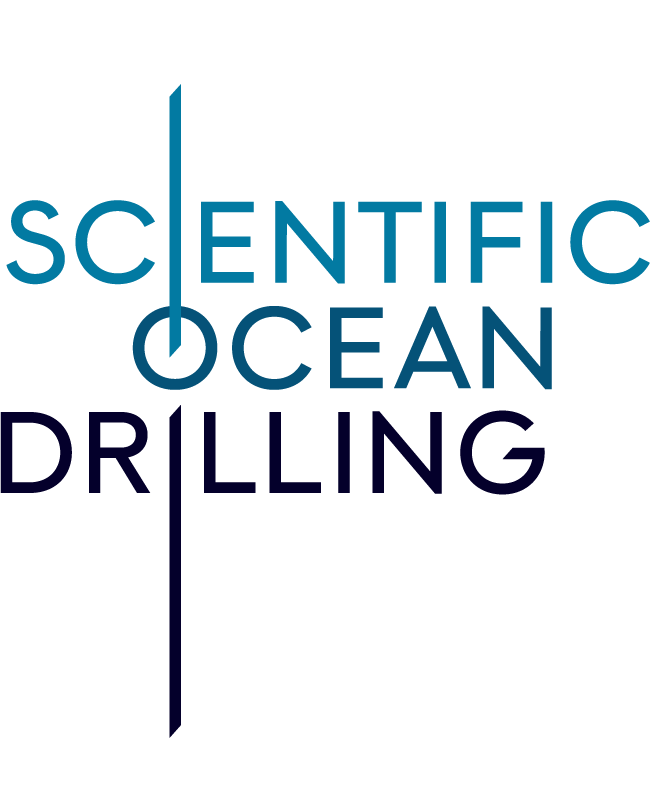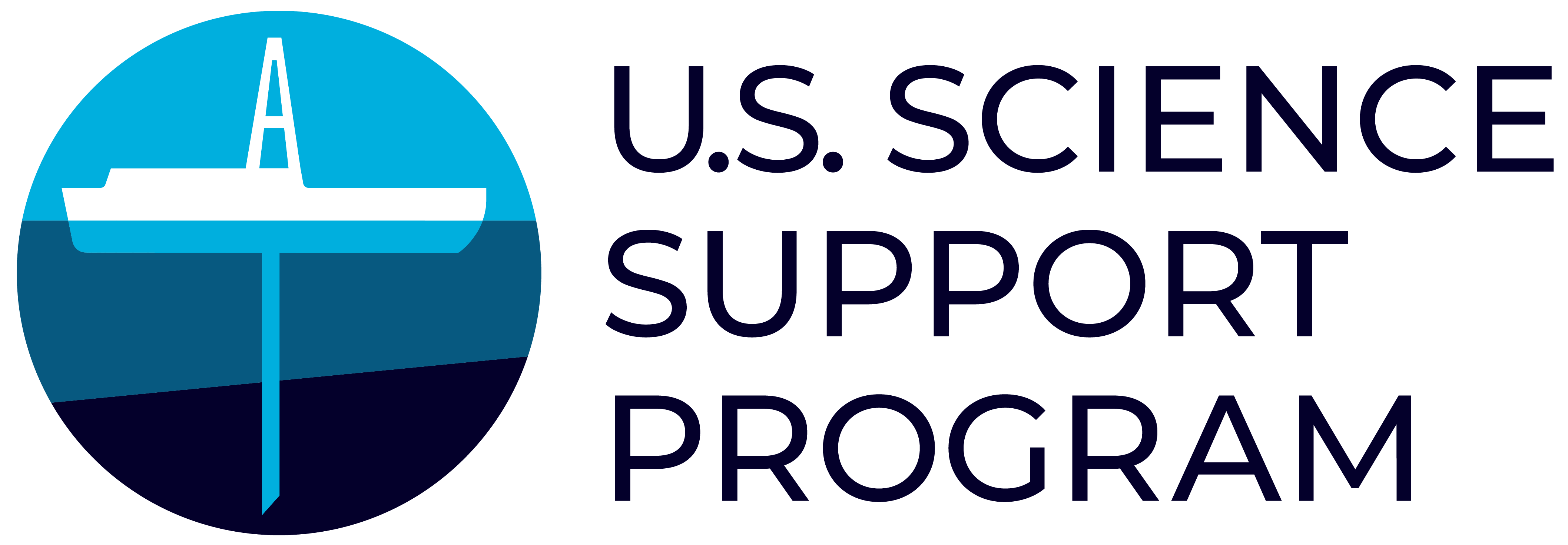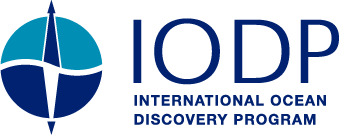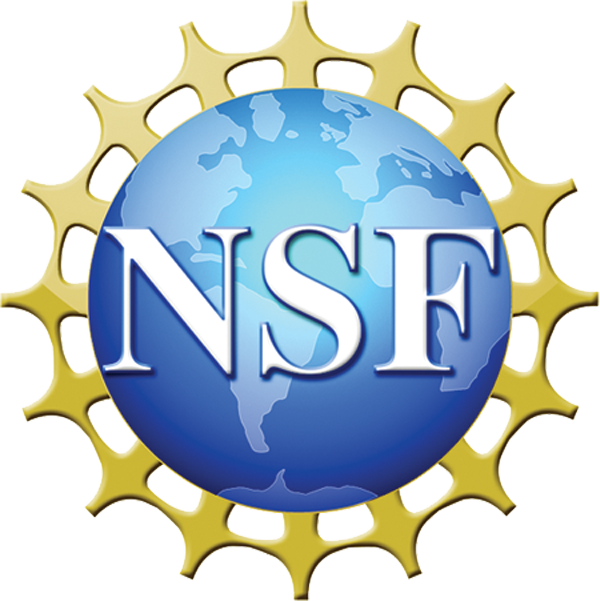Harold Tobin
University of Washington
2024-2025 Distinguished Lecturer
Megathrust… or bust? The saga of the IODP NanTroSEIZE subduction zone ultradeep drilling project
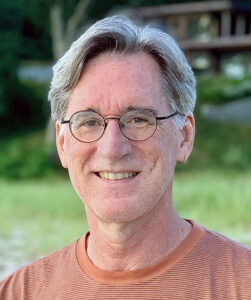 IODP was launched two decades ago with the grand challenge of drilling, sampling, and instrumenting a subduction zone plate boundary fault – a “megathrust” – at a depth where earthquakes occur. Subduction zones produce all of the truly giant earthquakes on our planet, accompanied too often by devastating tsunamis. The launch of the riser drillship Chikyu gave IODP new ultra-deep drilling capability for the first time. The Nankai Trough Seismogenic Zone Experiment (NanTroSEIZE) was conceived to use this new capacity to its fullest by drilling a comprehensive transect spanning the leading edge of that SW Japan subduction zone, known to host repeated magnitude 8+ earthquakes and tsunamis, sampling and instrumenting the incoming plate, the shallow frontal fault zones, and ultimately the main megathrust fault at up to five thousand meters below the seafloor. Over 13 years and 13 expeditions, 15 sites were drilled, three of which now have long-term borehole monitoring instruments connected to offshore fiber optic cables, making for the first truly real-time subseafloor observatories in ocean drilling history. The main borehole is the deepest ever in scientific ocean drilling at more than 3000 meters below the seafloor. The results of the NanTroSEIZE effort have revolutionized our understanding of how these subduction faults work, how stress builds up in the earth and is released, and how continental margin accretionary wedges grow, yielding many surprises along the way. And yet the greatest objective remains elusive: Expedition 358, the last of the NanTroSEIZE expeditions in IODP, was not able to overcome technical challenges and advance the borehole the final 2000 meters to the main fault zone. This presentation will highlight the groundbreaking science achieved as well as the setbacks and frustrations of high-risk scientific exploration, ending with a look at the unprecedented insight we are still getting today from this “wired” plate boundary.
IODP was launched two decades ago with the grand challenge of drilling, sampling, and instrumenting a subduction zone plate boundary fault – a “megathrust” – at a depth where earthquakes occur. Subduction zones produce all of the truly giant earthquakes on our planet, accompanied too often by devastating tsunamis. The launch of the riser drillship Chikyu gave IODP new ultra-deep drilling capability for the first time. The Nankai Trough Seismogenic Zone Experiment (NanTroSEIZE) was conceived to use this new capacity to its fullest by drilling a comprehensive transect spanning the leading edge of that SW Japan subduction zone, known to host repeated magnitude 8+ earthquakes and tsunamis, sampling and instrumenting the incoming plate, the shallow frontal fault zones, and ultimately the main megathrust fault at up to five thousand meters below the seafloor. Over 13 years and 13 expeditions, 15 sites were drilled, three of which now have long-term borehole monitoring instruments connected to offshore fiber optic cables, making for the first truly real-time subseafloor observatories in ocean drilling history. The main borehole is the deepest ever in scientific ocean drilling at more than 3000 meters below the seafloor. The results of the NanTroSEIZE effort have revolutionized our understanding of how these subduction faults work, how stress builds up in the earth and is released, and how continental margin accretionary wedges grow, yielding many surprises along the way. And yet the greatest objective remains elusive: Expedition 358, the last of the NanTroSEIZE expeditions in IODP, was not able to overcome technical challenges and advance the borehole the final 2000 meters to the main fault zone. This presentation will highlight the groundbreaking science achieved as well as the setbacks and frustrations of high-risk scientific exploration, ending with a look at the unprecedented insight we are still getting today from this “wired” plate boundary.
Dr. Harold Tobin is Professor of Earth and Space Sciences at the University of Washington, where he holds the Paros Chair in Seismology and Geohazards. Between 1992 and 2019 he sailed as a shipboard scientist on ten ODP and IODP drilling expeditions, serving as co-Chief Scientist four times while leading the multi-expedition Nankai Trough Seismogenic Zone Experiment project for over a decade. Tobin has spent over 500 days at sea. His career research focus has been on the structure, mechanics, and physical properties of plate boundary faults, including study of the Cascadia, Costa Rica, Barbados, and Nankai subduction zones, as well as the San Andreas fault of California and the Alpine fault of New Zealand. He holds a bachelor’s degree from Yale University and a doctorate from University of California Santa Cruz, followed by postdoctoral research at Stanford University. Prior to moving to the University of Washington in 2018, he held faculty positions at the University of Wisconsin and at New Mexico Tech. Tobin is currently the Director of the Pacific Northwest Seismic Network and the Washington State Seismologist.
LECTURE SCHEDULE
- October 7, 2024 — San Jose State University, San Jose, CA
- November 15, 2024 — University of Nebraska-Lincoln, Lincoln, NE
- February 3, 2025 — Utah State University, Logan, UT
- February 26, 2025 — Northern Arizona University, Flagstaff, AZ
- March 6-7, 2025 — University of Alaska Fairbanks, Fairbanks, AK
- March 31, 2025 — Boise State University, Boise, ID
- April 3, 2025 — Michigan State University, East Lansing, MI


